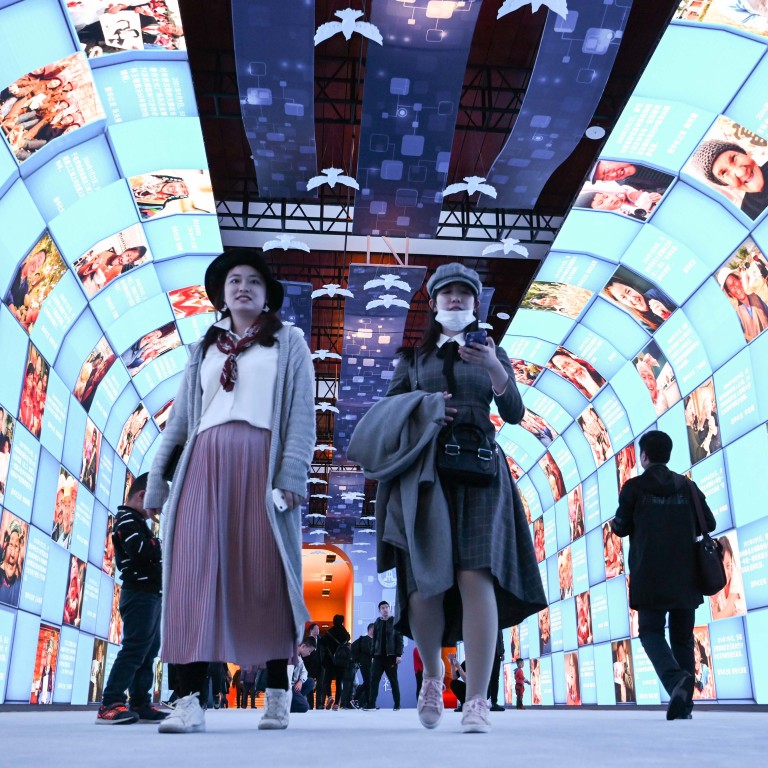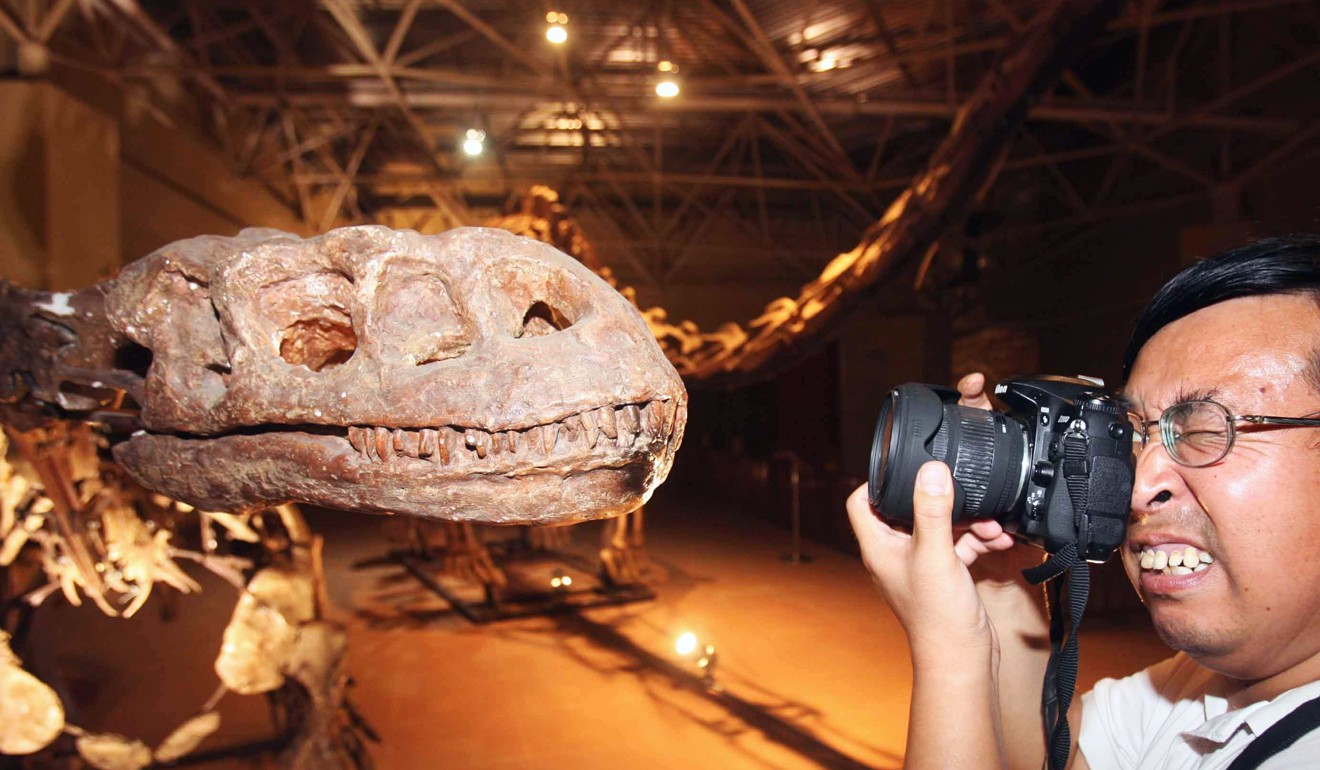
China has opened thousands of new museums, but who wants them?
- Experts say many are white elephant projects designed to advance officials’ political careers, with little benefit for locals
- The number of museums in China has risen to more than 5,100, from 349 in 1978
In a county near eastern China’s Taihu, a new museum featuring the large freshwater lake opened this month.
The seven-floor structure – designed by the American architect Marshall Strabala, who was involved in the design of renowned skyscrapers like the Burj Khalifa in Dubai – is the fourth newly built museum in Changxing, Zhejiang province, in three years.
The number of museums in China has risen to more than 5,100, from just 349 in 1978, and they were visited nearly 1 billion times last year, the National Cultural Heritage Administration said last week.
However, top state-owned museums account for most of the visits, and smaller ones – many of which were built as vanity projects by local governments – are often empty of both exhibits and visitors, according to the experts.
It is no secret that thousands of the new museums – which cover a wide range of subjects, from history, art, nature and science to folk culture – are not utilised to their full potential, said professor Leksa Lee, who specialises in global China studies at New York University Shanghai.
“In my research, I have visited many museums independently where I have had to ask the staff to follow me so they can turn on the lights and multimedia installations for me,” she said.
“I have heard curators, who are included in the National Cultural Heritage Administration’s official museum directory, bemoan the problem of paltry collections as well.”

Driven by economic incentives as well as the country’s cultural policy, China’s museum boom was often part of larger local development projects that may also include tourism, urban renewal and restoration of archaeological sites, Lee said.
But many of those museums were built without good designs and planning, prompting industry professionals to criticise them as white elephant projects meant to advance local officials’ political careers with little benefits for the public, Lee said.
Outcry as Taiwan lends priceless calligraphy masterpiece to Japan
Huang Chunyu, a museology professor at Nankai University in Tianjin, said many of the museums were built at the request of local officials and that they lacked long-term planning and budgets to attract visitors.
“Their situation is worrying, and this is not something that can be solved in the short term,” he said.

Beijing’s goal is to build one museum for every 250,000 people by 2020, which is about the size of a small county in central China, according to a national work plan for cultural heritage development between 2016 and 2020.
In response, local governments have ordered all counties to have their own museums. In Kunming, for example, the city government has asked each subordinate county to construct at least two museums by 2025, according to an official directive published in March last year.
How Beijing’s Forbidden City became one of the largest museums in the world
Huang warned that such orders were dangerous, especially for underdeveloped regions.
“For one thing, not every county has enough cultural and historical resources to be exhibited. For another, if this place is poverty stricken, it’s even less likely that a museum can help attract visitors,” he said.
If this place is poverty stricken, it’s even less likely that a museum can help attract visitors
About 90 per cent of all the museums in China are free, since a 2008 mandate from Beijing that all state-run museums gradually do away with admission fees.
To support this, the central government spends more than 3 billion yuan (US$443 million) a year to supplement the loss of admission charges, according to state media reports.
The elimination of admission fees has helped bring a surge in museum visits in the past decade. According to the National Bureau of Statistics, the number increased from 256 million in 2007 to nearly 1 billion in 2018.

Professor Zheng Yi, who researches the museum industry at Fudan University in Shanghai, said to make better use of the existing museums, industry participants need to broaden their public service function, turning them into places for study, entertainment and social interaction, instead of simply for the display of collections.
“Bringing happy learning experiences to people should be the focus of a museum … but most of our museums are only about collections and exhibitions,” she said.
Zheng said she expected China’s museum industry to continue growing as it had started from a low base and people’s cultural appetite was increasing.
Despite the boom in the past decade, “we are still way behind major economies in the world”, she said.
“For example, in 2015 there were over 35,000 museums in the US.”

